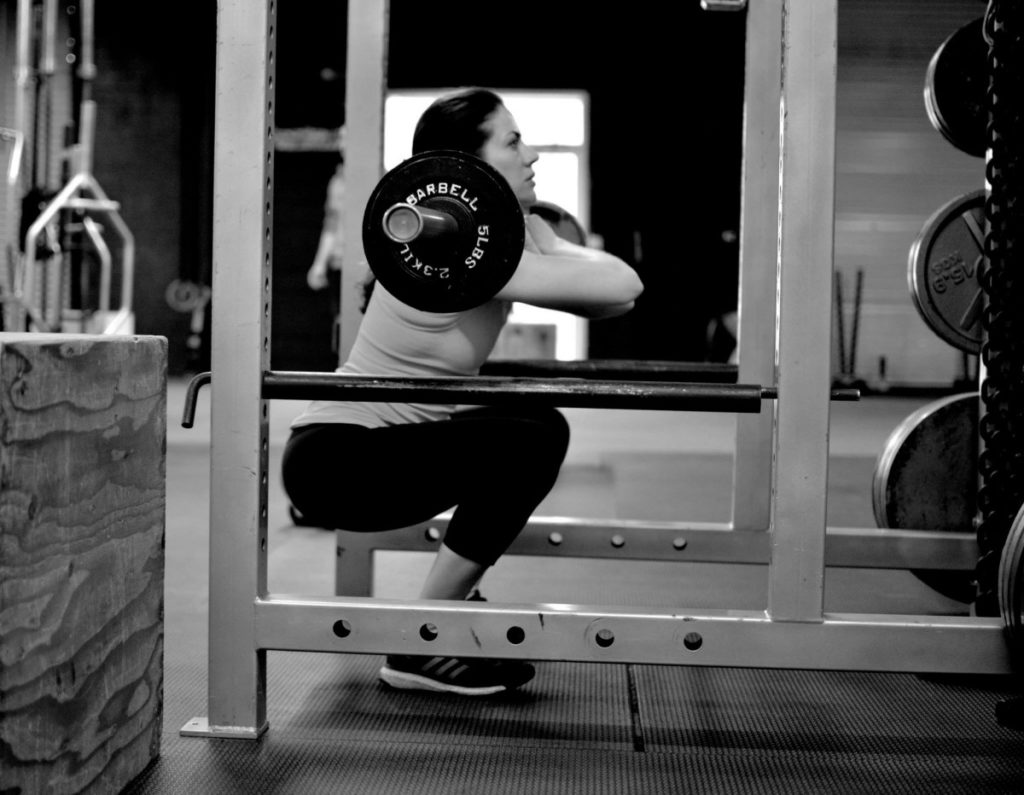Why naps or mini-breaks are so important
Taking some time for yourself in the middle of the day is one of the best things you can do for your energy levels, productivity and long-term health.
You may have heard of the autonomic nervous system. This part of your nervous system is divided into two states called sympathetic and parasympathetic. Here is a brief synopsis:
- Sympathetic: Fight or flight response. You’re “on.” You’re revved up and ready to go.
- Parasympathetic: Rest and digest, relaxing, recovering, regenerating.
This system controls your ability to turn things “on” and turn things “off.” These two work with each other to regulate everything from hormones, to digestion, heart rate, posture, pain and breathing.
How my dog can teach you neurology
When I take my dog to the park, she explodes with energy. She gets as sympathetic as possible, for as long as possible. When she’s done, she becomes parasympathetic and falls asleep in the car on the way home. She can turn things on and off as necessary. When we get home, she grabs some water and heads to bed where she will stay for the next couple of hours, sound asleep.
This is what humans should do, but our lifestyles don’t allow for this kind of “on” and “off” schedule. When we take recovery, rest and relaxation out of daily lives for an extended period of time, the results can be disastrous. Chronic stress is a strong factor in problems such as:
- Anxiety
- Irritability
- Deregulation of sex hormones
- Depression
- Insomnia
- Obesity
- Attention disorders
- Digestive issues
- Diseases, etc, etc.
After prolonged chronic stress, we become stuck in the middle. We lose our ability to get into a parasympathetic state, which also keeps us from getting sympathetic when we need to. We become stuck. We can’t turn things all the way on and we can’t turn things off.
So, we use stimulants like coffee and energy drinks to get sympathetic and turn “on.”
Unlike the dog, we have to go to work for eight hours, pick up the kids from practice, make dinner, clean the house and get ready for the next day. When it’s time to turn off and get some sleep or even let go of our daily stressors in order to spend time with our friends and family, many of us can’t.
In a desperate effort to relax, we turn to tobacco, marijuana, alcohol, medication, comfort foods, and even the TV. This leads to a restless, inefficient sleep in which we skip some of the most beneficial stages of the sleep cycle. Not to mention the health problems caused by excessively using these modalities.
Bring back the Siesta
Experiential knowledge is often overlooked in today’s society. There don’t necessarily need to be cold, hard scientific facts behind why humans behave a certain way if you find something that’s been tradition for centuries. It’s more likely that the research hasn’t caught up yet than it is that behavior developed without reason.
If you look at countries like Spain, for example, they have been closing shops and taking naps during the day for ages. Often, this time is filled with short naps and nice long lunches that are filled with food preparation, friends and families. In many ways, this will have the same effect as taking a nap during the day. Unwinding from work and the stress of the day is extremely beneficial.
Listen to your body
We all have days when we’re completely out of it. Instead of listening to our body and accepting defeat, we press on, stopping one more time at Starbucks. We try anything in an effort to drown out the signal from our brain telling us we need to relax. Instead of grinding through eight to ten hours of inefficient work, we suggest that you take ten minutes out of your day and hit the reset button.
Hit the reset button
Instead of reaching for the coffee pot or heading off to the gas station for a 5 Hour Energy, try setting an alarm on your phone, throwing your feet up on your desk or couch and closing your eyes for 10 to 15 minutes. Get parasympathetic (into recovery mode). Disengage from the spreadsheets and the mortgage and bring your nervous system all the way down. Even if you don’t fall asleep, you’ll be giving your body a chance to relax.
Nap times
For most people, napping for less than 30 minutes, or longer than 90 is ideal for alertness. If you get caught in between, you may feel groggy and out of it as you wake up. Staying within 10-15 minute range is what works best for me, but the graphic below goes over some the research on nap length.
Napping out of the question?
If your work environment simply doesn’t allow you to “nap” during the day, try getting out of the office. Simply doing something different that allows a mental and physical gearshift can have the same effect as a nap. Leave your phone at your desk and go for a walk outside. Sit on a park bench or at a coffee shop, become aware of what’s around you, listen to some music and unwind. Adding variability to your day is key to health and longevity.
Wrap Up
If techniques like this allow your nervous system to unwind, they’ll also promote your ability to wind up later in the day. This will benefit things like work outs, athletic performances, coaching, whatever it is you enjoy doing. It will also help you fall asleep at the end of the day.
